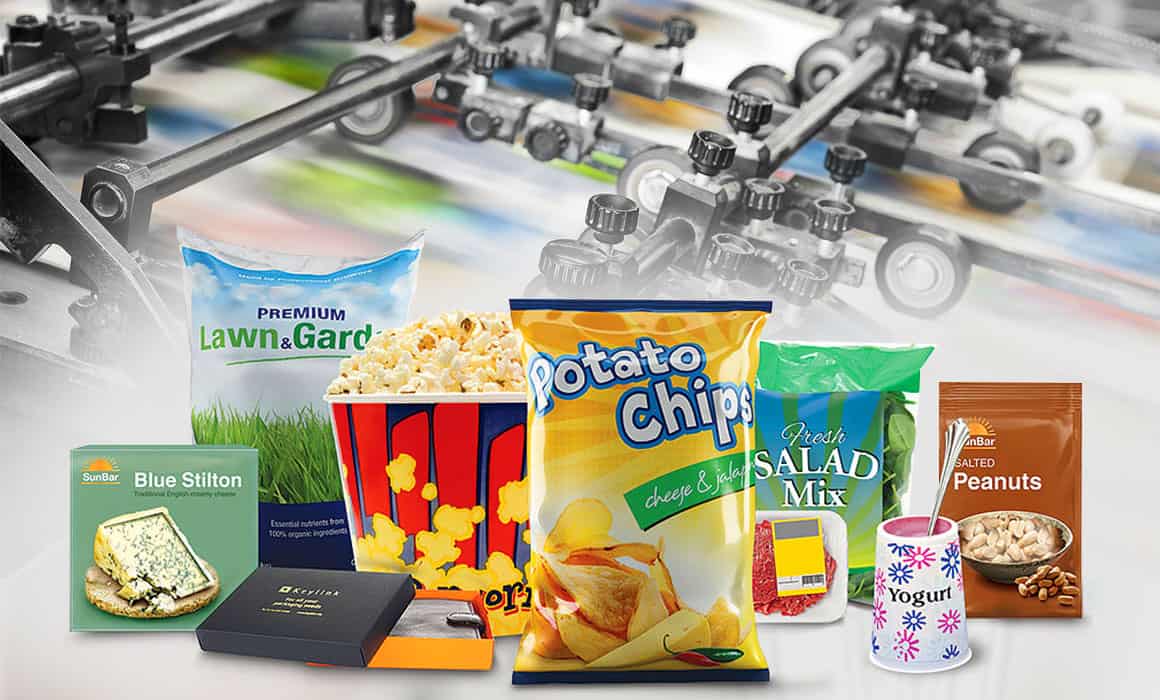Before designing a logo, perhaps the only dream in mind is that that logo is an unforgettable and catchy logo, easily attracting the attention of the audience it will appeal to. However, as in any business, there are tricks to designing a catchy logo. Moreover, these tricks are not just colors, typography and other visual tricks.
A logo should also present the goals of the organization and its place in the industry. There are four basic concepts for an unforgettable logo. These are “simplicity”, “memorability”, “compatibility” and “distinctiveness”.
First of all, let’s look at the concept of “simplicity”. A logo should not be complex and contain many messages, symbols, signs and compelling slogans. Simply designed logos attract attention and are more easily remembered. Moreover, the simpler a logo is, the more cultures and people it appeals to. For example, the logos of companies such as Apple, Nike, Adidas, McDonald’s are quite plain.
It is also very important for a logo to be “rememberable”. The way to do this is to have a successful graphic style and its simplicity. A complex logo is very difficult to remember, but a simple and well-constructed logo immediately attracts attention.
The “harmony” of your logo means: For example, if you are an insurance company, you can include metaphorical symbols that evoke this in your logo (such as an umbrella for protection), or we can give an example of not using the arrow of success that represents rise for a financial company. The compatibility of the colors and symbols you use in your logo design with your industry will create a sense of trust for the people who will encounter your brand for the first time, and will keep it in mind over time.
A logo should make people feel that the company is different from its competitors in the industry. For this, that logo must be “distinctive”. The colors, shapes, typography and design setup used in the logo increase this distinctiveness.
If a catchy logo design is designed in the light of all these concepts, it will be recognized immediately wherever it is seen by gaining a striking, memorable and industry-appropriate form. A logo arranged according to these steps is compatible with the goals and objectives of the company and is associated with the character of the company. Thus, the logo becomes a permanent value for the company and plays a very important role in the advertisement of the company. A perfect logo design will be a very important and valuable initiative for a company’s place in the sector.



